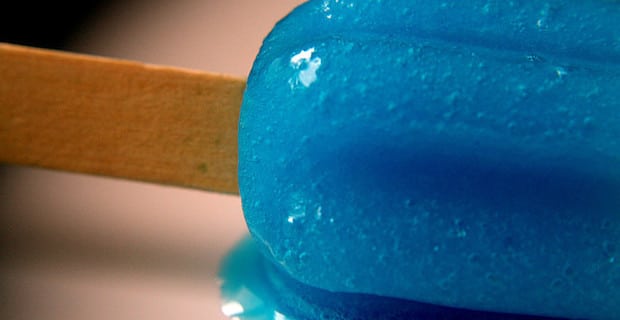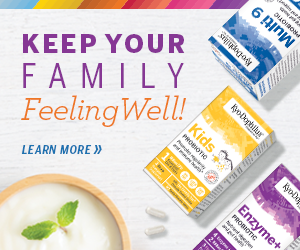
Spirulina, the super nutrient dense blue-green cyanobacteria (commonly called an algae, which it is not quite) has been given approval by the FDA to be used as a source of blue coloring in candy and gum products as a replacement for artificial colors, reports Food Navigator.
"Until now, no natural blue has been available, while alfalfa-based sodium copper chlorohyllin (a natural green) is only approved for certain applications (citrus-based dry beverage mixes), cites Food Navigator.
The approval of spirulina as a food coloring, while limited to the candy, gum and confection category, does open up the dialogue and hopefully, more opportunities for brands to employ natural coloring options.
Applause over the decision came quickly from the natural food industry, where producers are already working to offer spirulina-based blue dye. Natural colors expert Elijah Church told Food Navigator "spirulina is easy to work with and stands up very well to the acidic environment of candy and gum whereas other blue natural pigments do not."
Artificial colors are one of the Scary Seven categories we recommend avoiding because of known health risks, primarily to children. FD&C Blue #1 ('Brilliant Blue FCF') is found in a number of gum, candy and confection products as well as ice creams and popsicles, cereals, canned foods, yogurts and more.
Read more about artificial colors
Food dyes including FD&C Blue #1 have been linked to a number of serious health issues including ADHD, allergies and even cancer. The Center for Science in the Public Interest has said “These synthetic chemicals do absolutely nothing to improve the nutritional quality or safety of foods, but trigger behavior problems in children and, possibly, cancer in anybody.”
Image: aka quique




